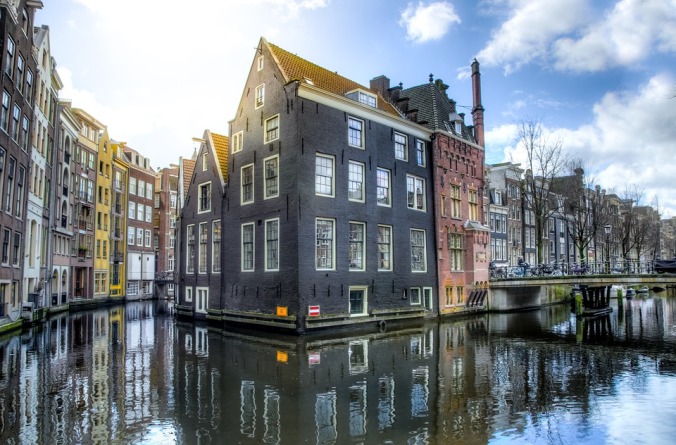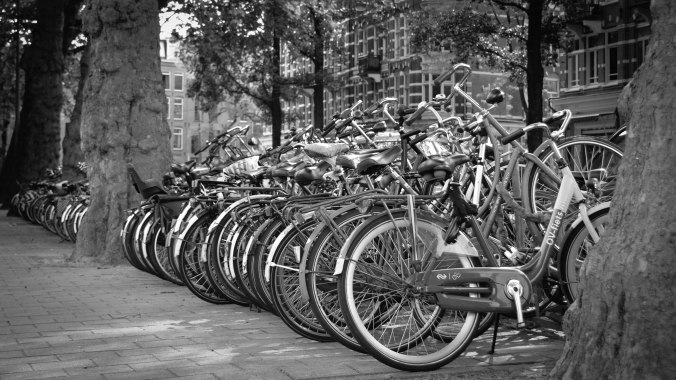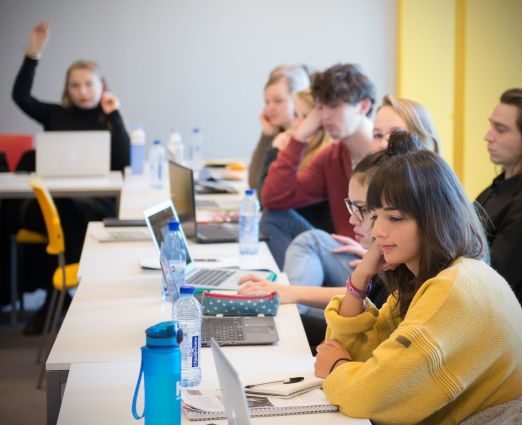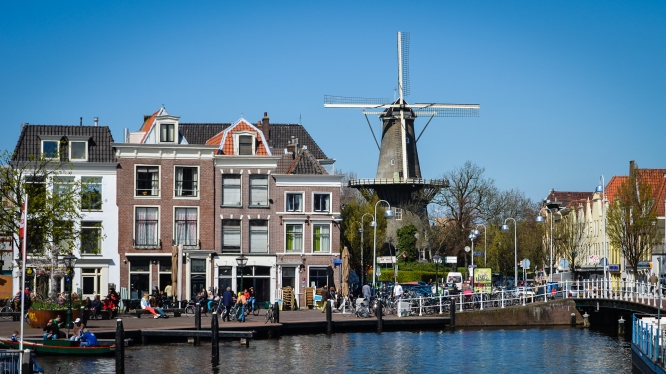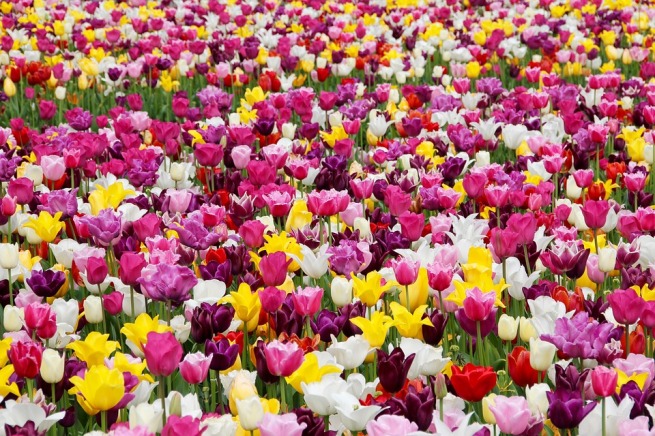Amsterdam is home to two leading research universities, the University of Amsterdam (UvA) and the Amsterdam University of Applies Sciences (AUAS). As a student at ONCAMPUS Amsterdam, you will have access to all the facilities both the universities have to offer. Whether it’s sports, cultural events, the library or the cafeteria, you can enjoy all the facilities that university students can access. ONCAMPUS Amsterdam is located in the heart of Amsterdam, which means that you will have easy access to all the history, culture, and events the city has to offer as well.
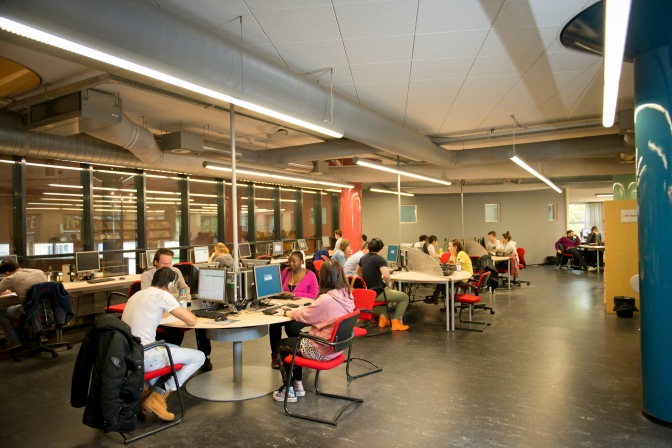
Introduction to ONCAMPUS Amsterdam
ONCAMPUS Amsterdam offers high-quality preparation programmes for international students to enter either UvA or AUAS. We work in close partnership with both universities and our students are able to enjoy the benefits of this relationship. In fact, ONCAMPUS Amsterdam is located at both AUAS and UvA, which puts you right in the heart of student life from day one. You will receive a university student card, which will give you access to all of the university’s facilities, clubs, and societies while you are studying at ONCAMPUS Amsterdam. We will also arrange induction programmes together with the universities, so that you can meet other students and experience what university student life is like first-hand.
Facilities at UvA
The University of Amsterdam (UvA) is a world-class centre for learning and research and is the highest internationally ranked Dutch university. Established in 1632, UvA has a rich history, but boasts all the amenities of a modern university. With around 30,000 students, of which over 14% are international students, UvA has a vibrant campus in the centre of Amsterdam. As a student at ONCAMPUS Amsterdam, you will have access to the University Sport Centre (USC), where you can enjoy over 70 sports activities. The university also has a cultural organisation, called CREA, which offers access to a range of cultural events to students – many at a discounted rate. You will also have access to other facilities, such as the library and cafeteria.
Facilities at AUAS
The Amsterdam University of Applied Sciences (AUAS) is one of the largest and oldest institutes of professional business education in the Netherlands. The university prides itself in its practical focus; students intern at leading international organisations, such as Microsoft and Nike, and are able to embark on challenging careers after graduation. The university has over 46,000 students, spread across four campuses in Amsterdam, offering 80 bachelor and master programmes. As an ONCAMPUS student, you will have access to all of AUAS’ facilities, as well as shared facilities and organisations with UVA, such as the USC sport centre and CREA.

Interested? Apply for our programme now!
ONCAMPUS Amsterdam can help you progress to UVA or AUAS! We can help you increase your English level, improve your academic grades and study skills, and give you guidance on faculties and help you progress to a degree programme at either UvA or AUAS.
